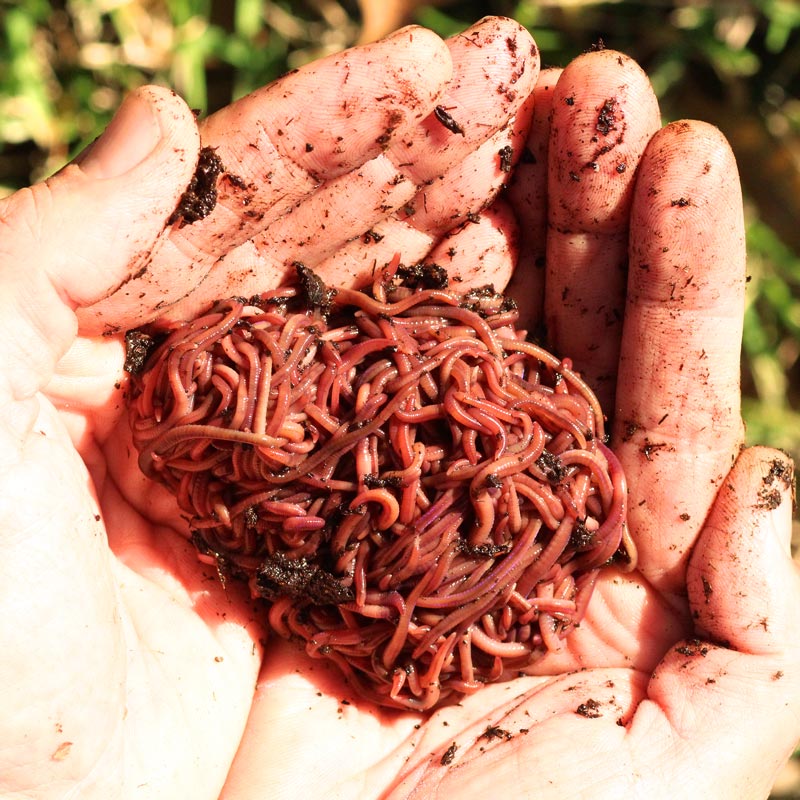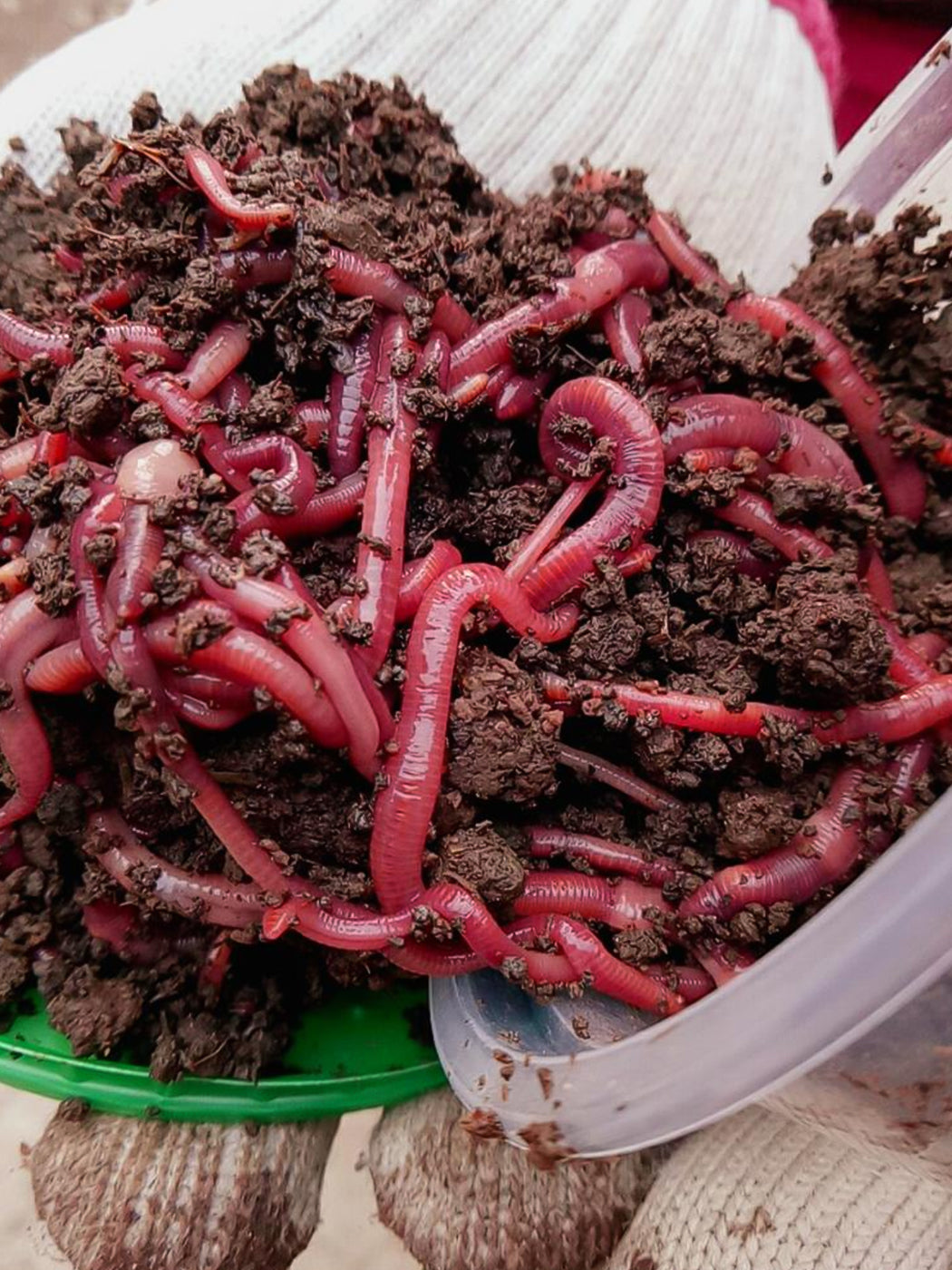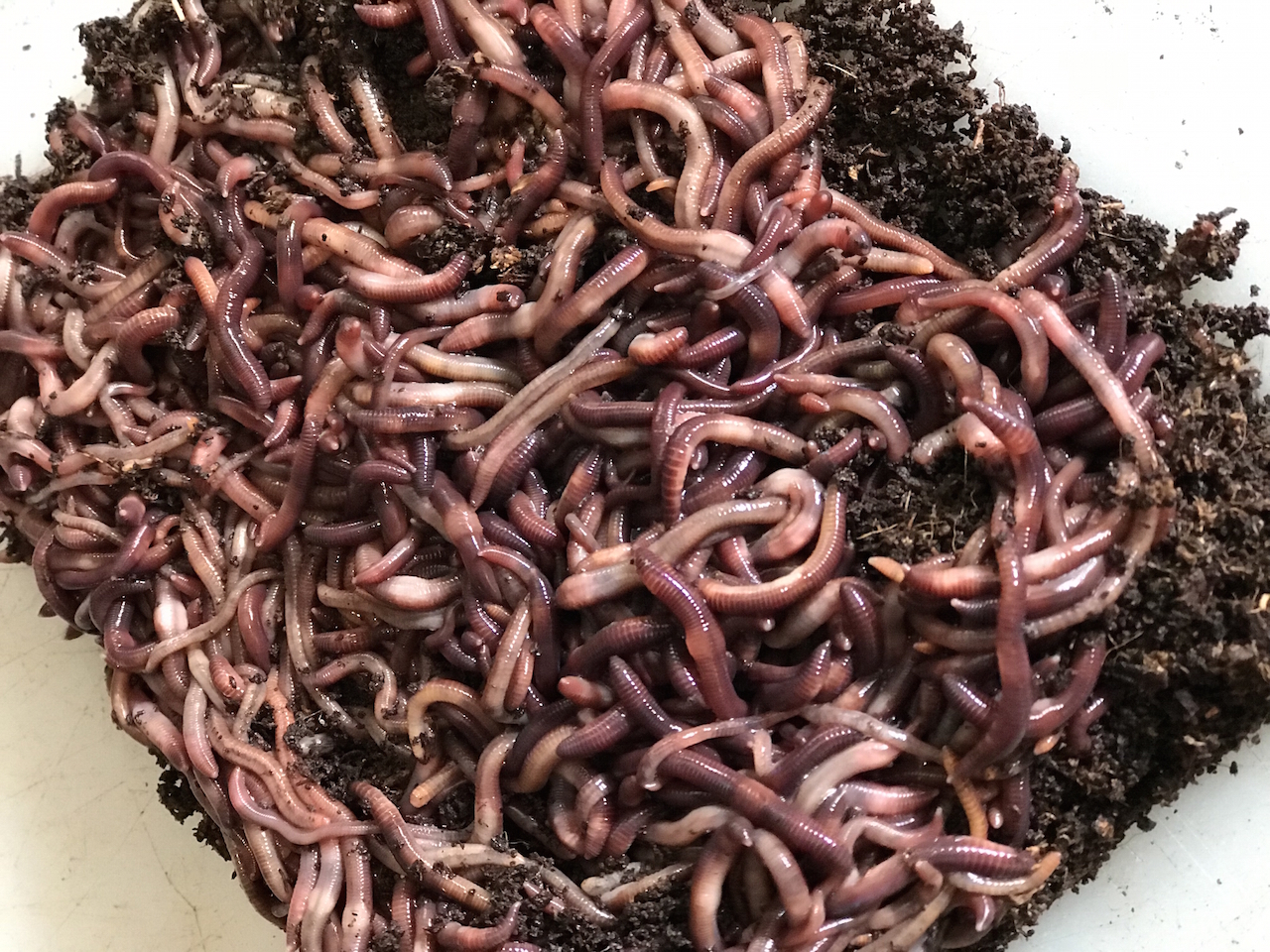Professional Lawn Care Services Powered by Lake Hickory Bait for Stunning Results
Professional Lawn Care Services Powered by Lake Hickory Bait for Stunning Results
Blog Article
Red Wigglers: The Unsung Heroes of Organic Waste Recycling
Red wigglers, or Eisenia fetida, serve as important representatives in the organic waste recycling process, transforming discarded materials into useful vermicompost. As the world significantly seeks services to combat waste buildup and improve farming efficiency, understanding the function of these worms ends up being necessary.
What Are Red Wigglers?
The amazing durability of red wigglers, clinically called Eisenia fetida, underscores their essential duty in organic waste recycling. These small, reddish-brown earthworms are typically located in decaying raw material, such as compost heap and manure stacks. Lake Hickory Bait. Unlike other earthworm varieties, red wigglers thrive in nutrient-rich atmospheres and are highly reliable at damaging down natural products, making them necessary for vermicomposting

(Red Wiggler Express)Along with their role in waste decrease, red wigglers add to dirt health and wellness by improving soil structure and aeration through their burrowing activities (Lake Hickory Bait). Their presence in composting systems not just boosts decomposition rates yet likewise promotes a sustainable technique to waste monitoring, illustrating their significance in eco-friendly preservation efforts
Advantages of Composting With Worms
Composting with worms, specifically red wigglers, offers countless benefits that improve both waste management and soil health and wellness. Initially, these worms successfully break down natural waste, transforming it into nutrient-rich vermicompost that enhances dirt. This process accelerates decomposition, permitting a much faster recycling of kitchen area scraps and other natural materials compared to traditional composting approaches.
Furthermore, the vermicompost created by red wigglers is bristling with valuable microorganisms, which help enhance dirt structure, oygenation, and wetness retention. This boosts the overall wellness of plants, promoting vigorous growth and boosted yields in yards and agricultural settings. The use of worms in composting decreases the production of greenhouse gases, such as methane, adding to an extra sustainable waste administration system.

How to Beginning Vermicomposting
Developing a vermicomposting system is an uncomplicated procedure that can yield considerable advantages for both waste management and soil enrichment. To start, choose a suitable container, such as a plastic bin or wooden box, with ample ventilation openings to make certain proper airflow. The dimensions must preferably be around 2 feet by 3 feet, permitting sufficient space for the worms to flourish.
Following, prepare bed linens product, which can consist of shredded newspaper, cardboard, or coconut coir. This bed linen must be moistened to develop an ideal environment for the worms. Once the bed linens remains in place, present red wigglers (Eisenia fetida) right into the bin, typically around one pound of worms for every single square foot of area.
Adhering to the placement of worms, include organic waste, such as fruit and vegetable scraps, coffee grounds, and smashed eggshells. Prevent including milk, meat, or oils, as these can create odors and attract insects. Position the container in a shaded, temperature-controlled location to preserve optimum problems for worm activity. With these steps, you will efficiently launch a vermicomposting system that adds to lasting waste monitoring and improves your soil.
Maintaining a Healthy Worm Bin
(Lake Hickory Bait)Maintaining a worm container prospering calls for regular focus and treatment to make certain the wellness of the red wigglers and the efficiency of the composting procedure. Correct upkeep begins with keeping an eye on the wetness levels; the bin should perspire but not saturated. A great regulation of thumb is to preserve a consistency comparable to a wrung-out sponge.
Delicately mixing the bed linen and food scraps every few weeks stops compaction and ensures that all worms have access to oxygen. Furthermore, it is crucial to feed the worms properly.
Temperature level law is an additional crucial facet. Red wigglers flourish in a range of 55 to 77 degrees Fahrenheit. If the container becomes too hot or cool, the worms may come to be worried - Lake Hickory Bait. Last but not least, occasionally examine for indications of health and wellness, such as worm population growth and the presence of healthy and balanced spreadings. By carefully handling these factors, one can keep a Related Site durable and efficient worm container.
Influence On Lasting Living
The effective maintenance of a worm bin not just profits the health of red wigglers but additionally adds significantly to sustainable living techniques. By reusing organic waste, such as cooking area scraps and backyard particles, red wigglers aid divert substantial amounts of product from landfills. This decrease in waste not only lowers greenhouse gas discharges but also lessens the environmental worry connected with waste monitoring.
Moreover, the spreadings produced by red wigglers function as a nutrient-rich natural fertilizer, improving soil wellness and promoting plant development. This all-natural choice to chemical fertilizers sustains lasting farming and gardening techniques, minimizing reliance on artificial inputs that can harm communities. Additionally, worm composting promotes understanding of waste monitoring, motivating people and communities to take on even more sustainable practices.

Verdict
In recap, red wigglers serve as vital contributors to natural waste recycling with their efficient decomposition of natural materials. Their ability to produce nutrient-rich vermicompost improves soil wellness and sustains lasting farming methods. By incorporating vermicomposting into waste administration strategies, individuals and areas can significantly lower waste while advertising ecological sustainability. The role of Eisenia fetida in fostering healthy ecological communities highlights the value of these organisms in attaining sustainable living and boosting dirt fertility.
Report this page